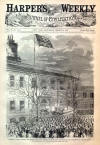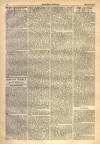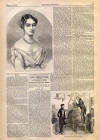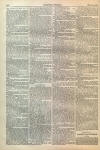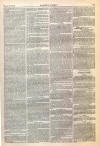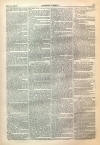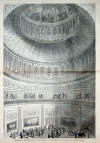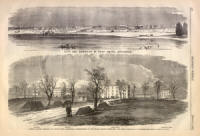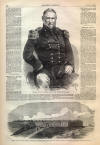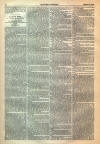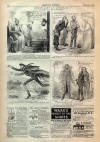General David Twiggs
|
|
This Site:
|
HARPER'S WEEKLY. [MARCH 9, 1861. 156 GENERAL DAVID E. TWIGGS, LATE OF THE UNITED STATES ARMY.mind of General Jackson in appearance and character, though he is much more of a gentleman in his manners than the old General ever wished to be. He had a reception last night, which I attended. I walked about and exchanged greetings with my friends, but would not shake hands with the President, for I thought I would not be recognized today, and so would rather wait for a more private introduction. The Vice-President is a constant visitor at the house where I stay; he is very slight and delicate-looking, has more the appearance of a dead man than a living one, until he begins to speak, when you forget entirely how ugly he is." President Davis, at latest accounts, is traveling through his dominions. He has been to Charleston. " 3. Will the Governor of Arkansas, in his official capacity, guarantee to the United States forces now in charge thereof. the right of marching away from said place, with all the honor due them as Federal officers and soldiers, who do not surrender their trust, but simply evacuate a post for want of instructions from their superiors in office, and in doubt as to the propriety of bringing on civil war among their fellow-countrymen ? "To these interrogatories Governor Rector answered as follows : After mature reflection, I propose to accept your first, second, and third propositions, with the following understanding : That, being informed your command brought no cannon, so none are to be taken away. You shall have a safe passage out of the State in any direction you may please, with your command, provided, however, you do not station yourself within the limits of the State of Arkansas or on the borders thereof. " A memorandum was subsequently drawn up in which the Captain agreed to surrender the Arsenal, a part of which reads thus : And the said Captain Totten protests that he has thus acted because in the presence of a greatly superior armed force, and which he became satisfied would soon become overwhelming by reinforcements in case of resistance, involving the sacrifice of his command, without regard to the probable loss of life on the part of the assailants ; because any defense of the Arsenal in the City of Little Rock, whether successful or unsuccessful, would necessarily involve to a greater or less extent the destruction of property in the city, and the loss of lives of the peaceful citizens and families dwelling there-in; because, being without instructions from his Government, he took the responsibility of doing what he thought proper and best under all the circumstances, desiring to avoid cause of civil war in this Government, by the first instance of a hostile and bloody collision, yet protesting for himself and in the name of his Government against events beyond his control, which have actuated him to this course." The city and garrison of Fort Smith, Arkansas, are situated on the Arkansas River, at the junction of the Poteau River, and immediately on the boundary of the Indian nations, the line running through the garrison. The city is the greatest business place in Arkansas, doing a large trade with the Indians and New Mexicans. It is next to Little Rock in size, if not its equal. The garrison is one of the largest and probably the best built on the frontier. Captain Sturgis, of the cavalry, commands the post ; Captain Montgomery is Quarter-Master; Captain M'Intosh, Lieutenant Stanley, and Lieutenant Lomax are of the garrison. Vague telegraphic reports, which, however, are not generally credited, state that it has been seized. PRESIDENT J. DAVIS'S INAUGURATION AT MONTGOMERY.ON page 157 we publish a picture of the Inauguration of President Davis, of the Southern Confederacy, at Montgomery, Alabama, on February 18, from a photograph obligingly placed at our disposal. We published part of the inaugural in our last number. A lady who witnessed the scene thus writes to a friend in this city: "The President is a pleasant-looking old gentleman, of about fifty years of age; he was escorted to the Capitol by the military, he being in an elegant carriage drawn by six white horses. After he took his seat on the platform in front of the Capitol, and a short prayer had been offered, he read a very neat little speech, not making many promises, but hoping, by God's help, to be able to fulfill all expectations. He took the oath amidst the deepest silence; and when he raised his hand and his eyes to heaven, and said, ' So help me God! I think I never saw any scene so solemn and impressive. He puts me much in THE SALLY-PORT AND FRONT VIEW OF FORT PICKENS.WE publish herewith, from a sketch kindly sent us by an officer of Lieutenant Slemmer's command at Fort Pickens, Florida, a view of the front of that work, on the Pensacola side. The gate or Sally-port, seen in the centre, is the only one in the fort. On the left is seen the crest or upper portion of the glacis, terminated by a gallery whose loop-holes are seen over the knoll on the left of the walk. GENERAL TWIGGS.WE publish herewith a portrait of General Twiggs, who has lately left the army of the United States and joined that of Georgia, surrendering to the secessionists some $1,300,000 worth of property in-trusted to his safe keeping by the United States Government. General David E. Twiggs was born in Richmond County, Georgia, in 1790. His father, General John Twiggs, served in Georgia during the Revolutionary war. In 1812, when the war with England broke out, the son, then twenty-two years of age, volunteered, and was appointed a captain in the Eighth Infantry on the 8th of March, 1812. Promoted to the rank of Major, he accompanied Generals Gaines and Jackson in their expeditions against the Spaniards and Indians of Florida. He took part in the Black Hawk war, and when South Carolina threatened to involve herself in difficulty with the National Government in 1832, he was placed in command of the arsenal at Augusta, Georgia, at the instigation of President Jackson. On the 8th of June, 1836, he received a commission as Colonel of the Second Regiment of Dragoons. The Second Dragoons formed a portion of the "Army of Occupation" commanded by General Taylor, and when that officer moved up-on the Rio Grande, Colonel Twiggs, in command of the advanced-guard, seized upon Point Isabel. For gallant conduct at Palo Alto and Resaca de la Palma, he received the rank of Brevet Brigadier-General ; and at Monterey had command of a division of the army. He remained in charge of Monterey until ordered to join Scott at Vera Cruz, which he did in time to join in the attack upon that city. At Cerro Gordo General Scott gave him command of the main attack. He subsequently served at Contreras, Churubusco, Chapultepec, and the final contest at the gates of the Aztec capital. After the peace he assumed the command of " the Department of the West," with head-quarters at St. Louis, where he remained until 1857, when he was ordered to command the "Department of Texas," with head-quarters at San Antonio. A couple of years since General Twiggs was arraigned by order of Secretary Floyd on a charge of having transcended his duty, and was tried by court-martial. He was, however, acquitted, and his sword was returned to him by the President. At the time General Twiggs abandoned the (Next Page) FRONT VIEW OF FORT PICKENS PENSACOLA, SHOWING THE SALLY-PORT AND GLACIS,--[DRAWN BY AN OFFICER OF LIEUTENANT SLEMMER'S COMMAND.]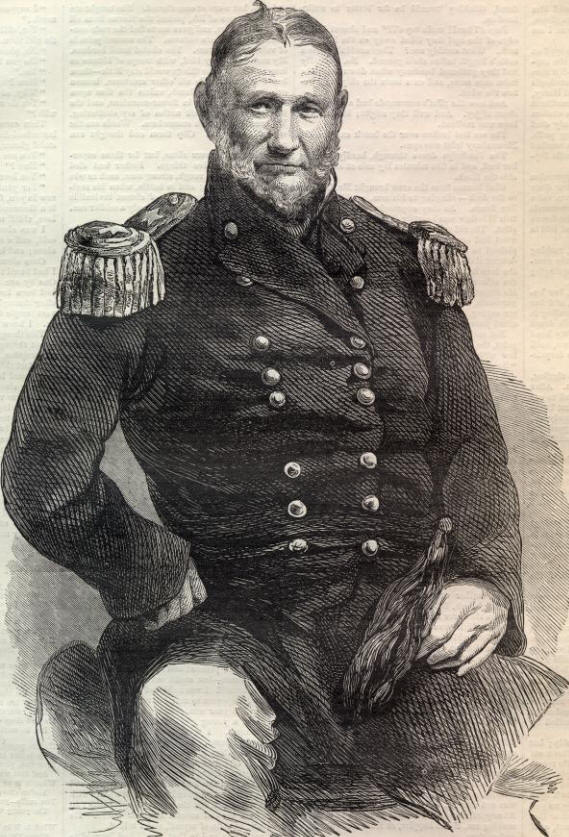 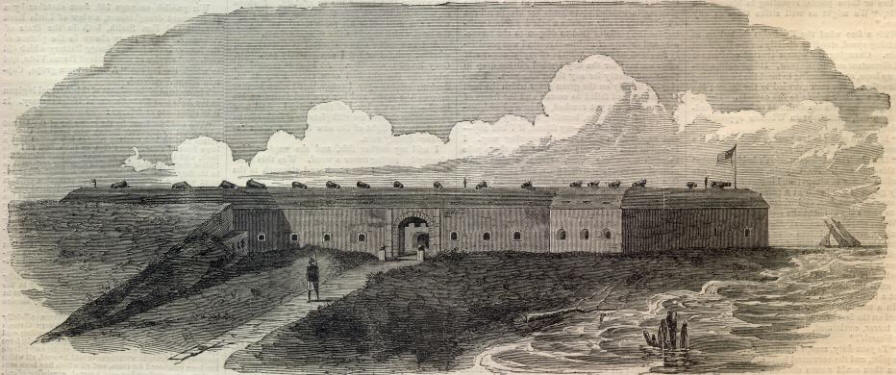 |
||||||||||||||||||||||||
|
|
||
|
|
Site Copyright 2003-2018 Son of the South. For Questions or comments about this collection, contact: paul@sonofthesouth.net |
|
|
Are you Scared and Confused? Read My Snake Story, a story of hope and encouragement, to help you face your fears. |
||
